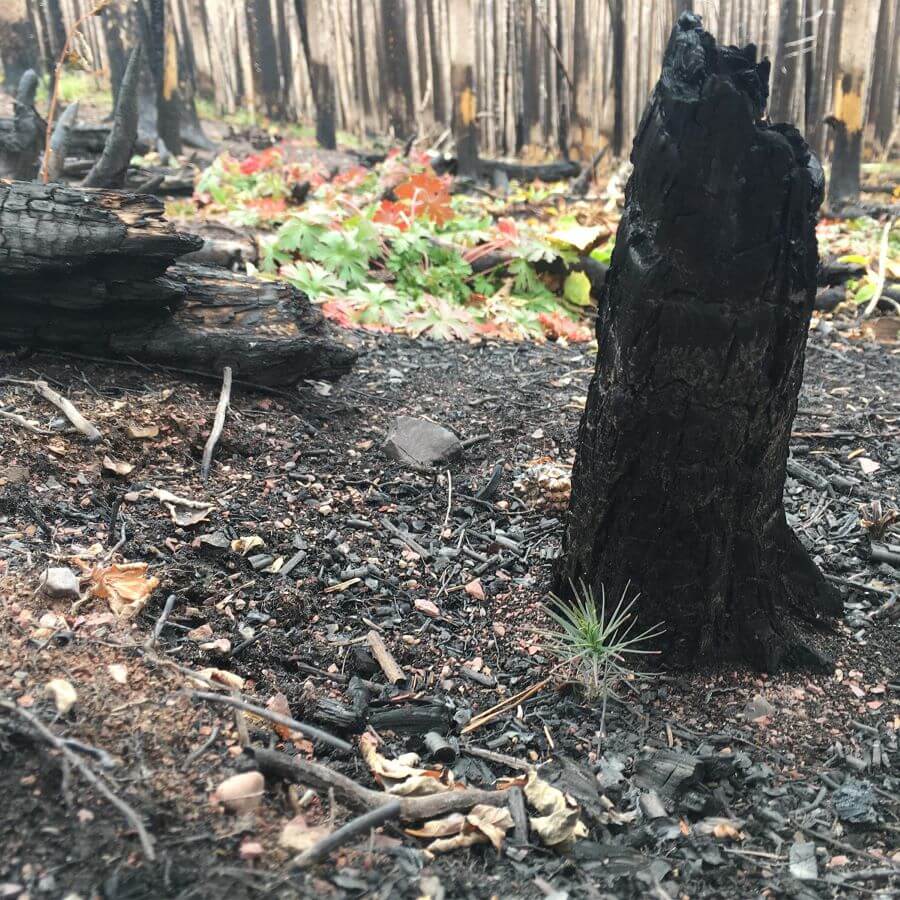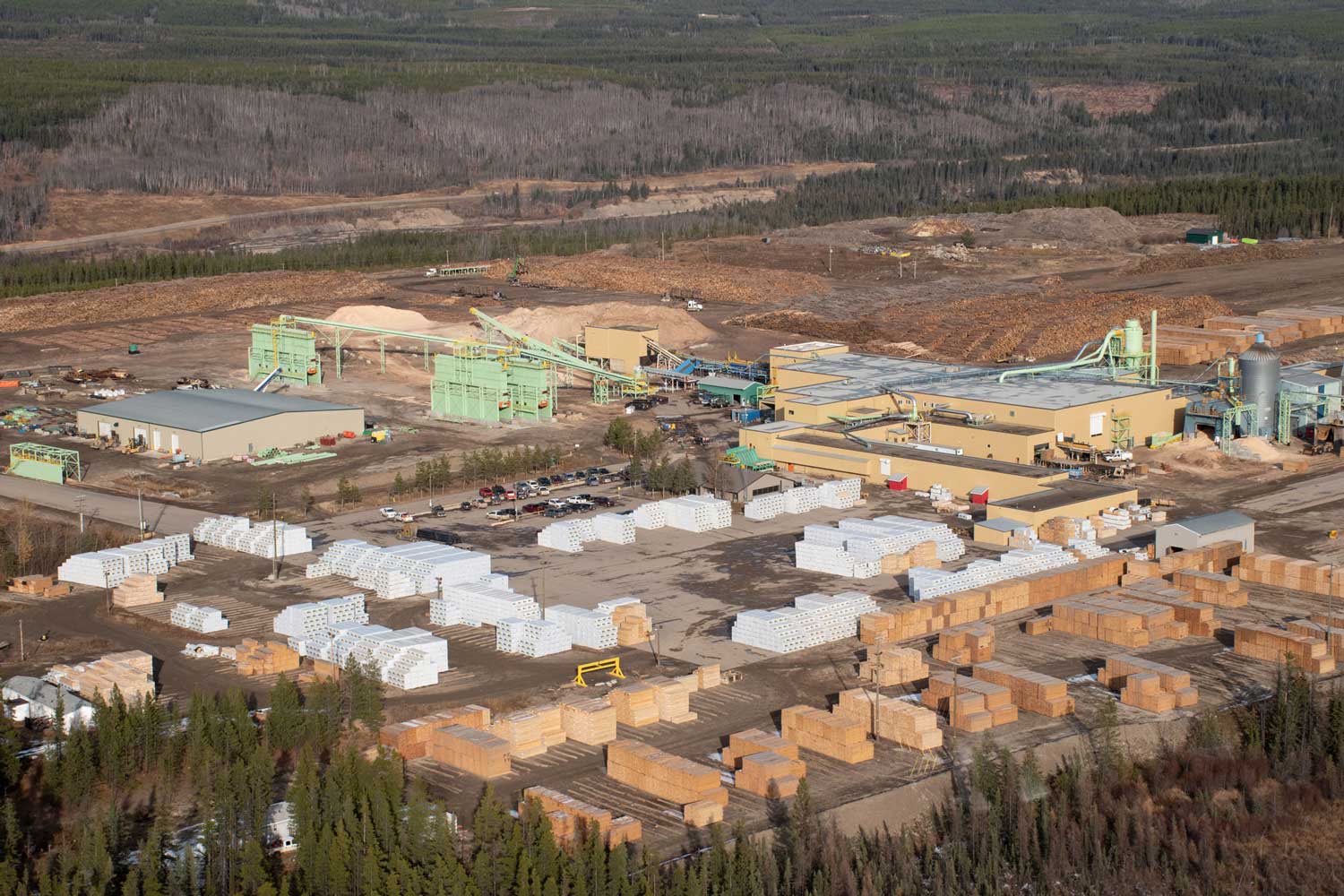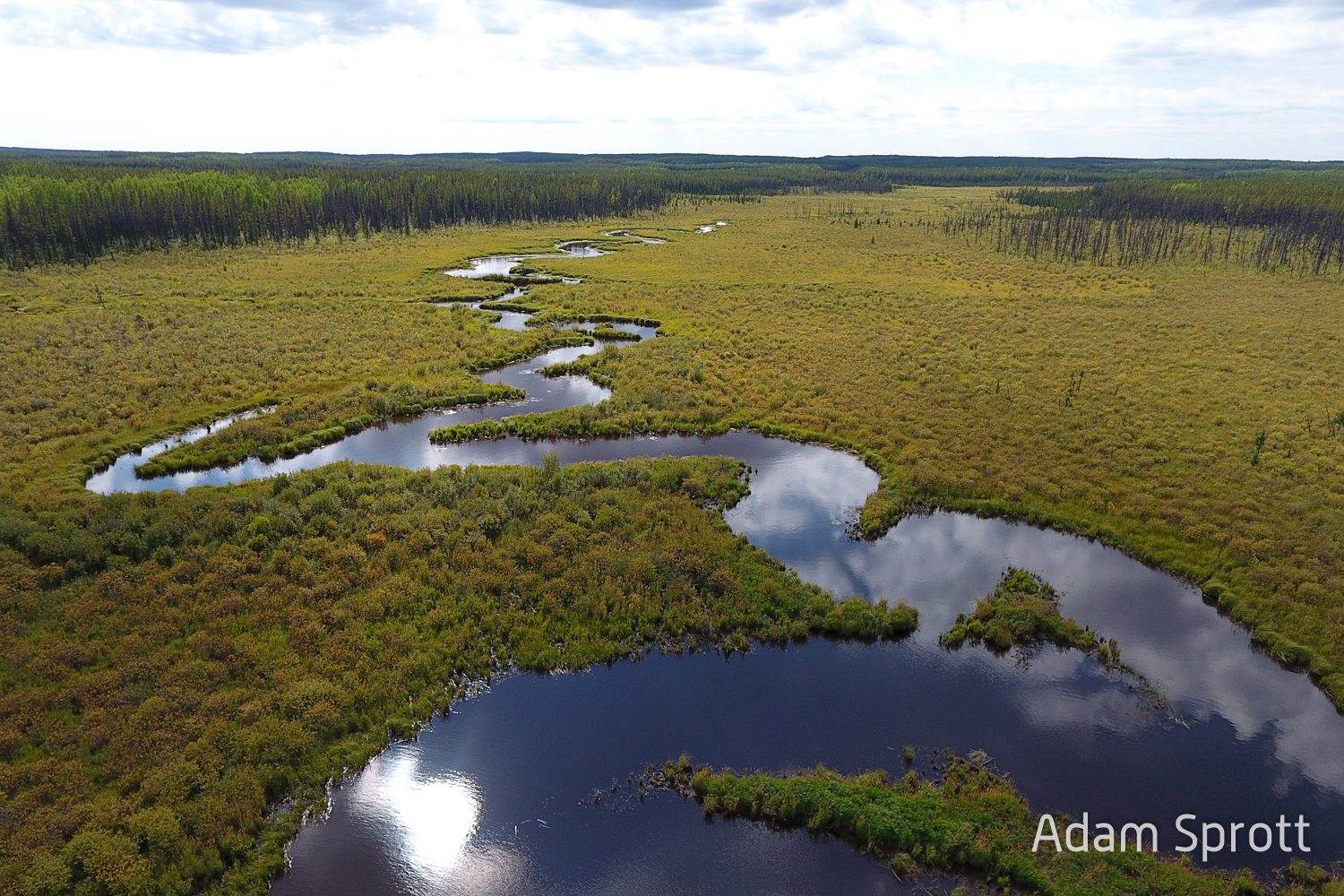
Join Dr. Nasim Kheirkhah Ghehi on Wednesday, December 11 at 10am MT for a presentation on which forest types are susceptible to post-fire compositional shifts, and which are resilient.
Wildfires play a pivotal role in shaping the ecological dynamics and resilience of boreal forests, driving significant shifts in tree species composition across disturbed landscapes. This webinar explores long-term stand type transition patterns following wildfires in Alberta’s boreal forests, with a focus on assessing ecosystem resilience and identifying key environmental drivers of state changes.
Drawing on data from 39 wildfire events with an average interval of 42 years, we utilized Alberta Vegetation Inventory data to map and compare pre-fire and post-fire vegetation states. We applied analytical methods, including Non-metric Multidimensional Scaling and Permutational Multivariate Analysis of Variance to evaluate compositional transitions and quantify the influence of variables such as moisture levels and fire severity.
The findings reveal distinct transition patterns among forest stand types, with some demonstrating strong resilience and others showing greater susceptibility to post-fire compositional shifts. These results provide essential insights into the drivers of forest resilience, offering valuable guidance for forest management practices in boreal ecosystems of Alberta.








